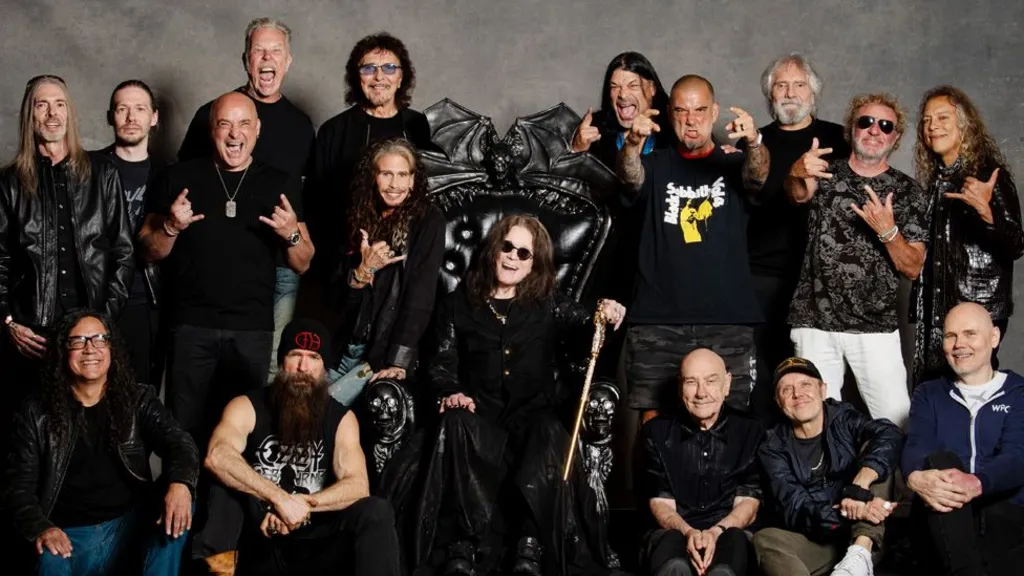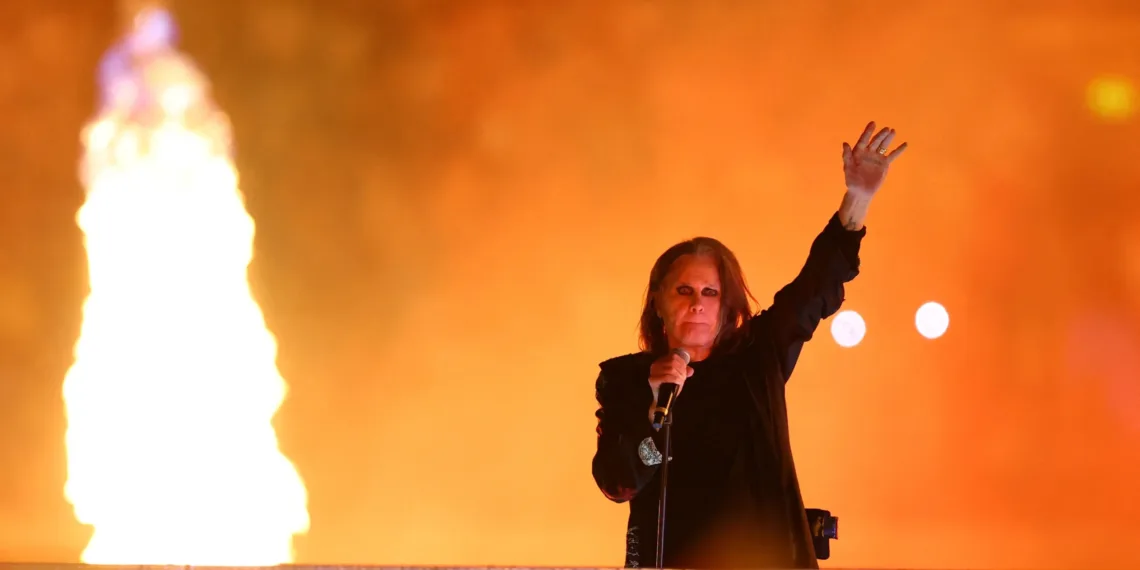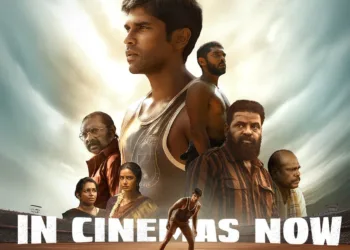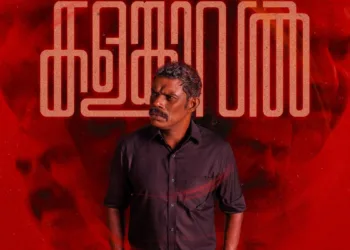From Birmingham’s industrial streets to global metal throne, Ozzy Osbourne transformed from a working-class dreamer into the undisputed Prince of Darkness. His journey with Black Sabbath birthed heavy metal, while his solo career cemented his legendary status. These 15 essential tracks chronicle five decades of musical rebellion that continues to influence generations of metalheads worldwide.
Table of Contents
The Foundation: Black Sabbath’s Revolutionary Beginning
1. “Black Sabbath” (1970) – The Song That Birthed Heavy Metal
The opening salvo from Black Sabbath’s debut album remains one of music’s most ominous moments. Ozzy Osbourne’s haunting question “What is this that stands before me?” over Tony Iommi’s doom-laden tritone riff created heavy metal’s DNA. This wasn’t just another rock song – it was a cultural earthquake that transformed four working-class lads from Birmingham into metal’s founding fathers.
The track’s supernatural atmosphere stemmed from genuine inspiration. According to band lore, Geezer Butler witnessed a dark figure at the foot of his bed, inspiring lyrics that would forever link Black Sabbath to occult imagery. When they first performed this song as the blues band Earth, it silenced an entire pub – a moment that convinced them they’d discovered something revolutionary.
2. “Paranoid” (1970) – The Accidental Anthem
Written in thirty minutes to fill album space, “Paranoid” became Black Sabbath’s biggest hit and heavy metal’s first truly mainstream success. The driving rhythm and Ozzy Osbourne’s urgent vocal delivery created an anthem for alienated youth worldwide. Its simplicity became its strength – countless cover versions prove its enduring power.
The song’s commercial success opened doors for heavy music, reaching #4 on UK charts and introducing American audiences to Black Sabbath’s revolutionary sound. Despite its hasty creation, “Paranoid” captures the essence of teenage anxiety with surgical precision.
3. “Iron Man” (1970) – The Mechanical Masterpiece
Perhaps Black Sabbath’s most recognizable song, “Iron Man” combines storytelling with one of metal’s most memorable riffs. Ozzy Osbourne’s vocals perfectly embody the tale of a time-traveling hero turned villain, while Iommi’s mechanical guitar work mirrors the protagonist’s metallic transformation.
The song’s popularity transcended metal, appearing in countless films and becoming a cultural touchstone. Its simple yet effective structure demonstrates Black Sabbath’s ability to craft complex narratives within accessible frameworks.

The Dark Trilogy: Master of Reality Era
4. “War Pigs” (1970) – The Anti-War Epic
Originally titled “Walpurgis,” this protest anthem showcases Black Sabbath’s political consciousness. Ozzy Osbourne’s fierce delivery transforms Butler’s anti-war lyrics into a devastating critique of military-industrial complexes. The song’s unconventional structure – from doom-laden intro to explosive chorus – influenced countless progressive metal bands.
Live versions of “War Pigs” became legendary, with Ozzy’s commanding stage presence turning concerts into cathartic experiences. The 1973 California Jam performance, beginning with piercing feedback and Ozzy’s iconic “GET UP!” remains heavy metal’s most electrifying moment.
5. “Into the Void” (1971) – The Space-Age Apocalypse
Closing the landmark “Master of Reality” album, “Into the Void” represents Black Sabbath at their most innovative. Iommi’s complex opening riff transitions into a driving rhythm that carries Ozzy Osbourne’s ominous warnings about Earth’s destruction. The song’s futuristic themes and crushing heaviness influenced generations of doom and stoner metal bands.
Soundgarden’s later cover, replacing lyrics with Native American Chief Seattle’s environmental message, demonstrated the song’s adaptability while honoring its apocalyptic vision.
6. “N.I.B.” (1970) – The Satanic Love Song
One of Black Sabbath’s most paradoxical tracks, “N.I.B.” presents Lucifer as narrator, offering love despite his dark nature. Ozzy Osbourne’s vocal follows Iommi’s crushing riff note-for-note, creating perfect unity between melody and power. The song’s religious controversy only amplified its impact, cementing Black Sabbath’s reputation as metal’s most dangerous band.

The Experimental Phase: Sabbath’s Creative Peak
7. “Snowblind” / “Supernaut” (1972) – The Los Angeles Double Strike
Recording in Los Angeles brought new influences and substances into Black Sabbath’s world. “Snowblind” directly addresses cocaine’s grip on the band, while “Supernaut” strips their sound to its powerful essence. Both tracks showcase Ozzy Osbourne’s adaptability and the band’s willingness to evolve their formula.
These songs bridged Black Sabbath’s early doom with the more streamlined approach that would define 1970s metal. Their influence on bands like Soundgarden and Kyuss cannot be overstated.
8. “A National Acrobat” (1973) – The Harmony Experiment
From “Sabbath Bloody Sabbath,” this track finds Black Sabbath incorporating harmony vocals and melodic guitar layers without sacrificing their crushing power. Ozzy Osbourne’s vocals soar over Iommi’s intricate arrangements, proving the band’s musical sophistication extended beyond pure heaviness.
9. “Symptom of the Universe” (1975) – The Thrash Metal Blueprint
Years before thrash metal existed, Black Sabbath created its template with this breakneck assault. Ozzy Osbourne’s vein-bulging vocal delivery over the fastest riff of their career influenced everyone from Metallica to Slayer. The song’s gothic instrumental section and relentless pace made it a favorite among extreme metal pioneers.
10. “Hole in the Sky” (1975) – The Swan Song
Opening “Sabotage,” widely considered Black Sabbath’s final classic album, this track features Ozzy Osbourne’s highest-pitched vocal performance. The piledriving rhythm and celestial themes created a fitting farewell to the band’s creative peak.

The Solo Revolution: Randy Rhoads Era
11. “Crazy Train” (1980) – The Career Resurrection
When Ozzy Osbourne left Black Sabbath, few predicted his solo success. “Crazy Train” proved them wrong, launching a career renaissance with Randy Rhoads’ innovative guitar work. The song’s accessibility brought Ozzy to mainstream audiences while maintaining his metal credibility.
Rhoads’ classical training revolutionized metal guitar, while Ozzy’s more melodic approach expanded his vocal range. “Crazy Train” became so ubiquitous that millions know it without knowing Ozzy Osbourne’s name.
12. “Mr. Crowley” (1980) – The Occult Masterpiece
Returning to Black Sabbath’s occult themes, Ozzy Osbourne questions notorious magician Aleister Crowley over Rhoads’ most Sabbath-influenced riff. The song’s keyboard intro and theatrical vocals showcased Ozzy’s evolved artistry while maintaining his dark mystique.
13. “Diary of a Madman” (1981) – The Tragic Finale
The title track from Ozzy’s second solo album represents his creative peak with Rhoads. The near-ballad structure builds to an explosive finale, featuring some of Rhoads’ most innovative guitar work. Tragically, this album marked the end of their collaboration – Rhoads died in a plane crash shortly after its release.

The Later Years: Enduring Legacy
14. “Shot in the Dark” (1986) – The MTV Generation
Co-written with Phil Soussan, this track brought Ozzy Osbourne into the MTV era with polished production and memorable hooks. While purists complained about its commercial sound, the song demonstrated Ozzy’s adaptability and expanded his fanbase.
15. “Mama, I’m Coming Home” (1991) – The Emotional Masterpiece
Co-written with Zakk Wylde and Lemmy Kilmister, this power ballad revealed Ozzy Osbourne’s vulnerable side. The acoustic-driven arrangement and heartfelt lyrics created one of metal’s most beloved ballads. Ozzy’s recent final performance of this song in Birmingham provided a poignant farewell to his legendary career.
Legacy Tables
Black Sabbath Album Chronology
| Album | Year | Key Tracks | Innovation |
|---|---|---|---|
| Black Sabbath | 1970 | “Black Sabbath,” “N.I.B.” | Invented heavy metal |
| Paranoid | 1970 | “Paranoid,” “War Pigs,” “Iron Man” | Mainstream breakthrough |
| Master of Reality | 1971 | “Into the Void,” “Children of the Grave” | Perfected the formula |
| Vol. 4 | 1972 | “Snowblind,” “Supernaut” | Experimental phase |
| Sabbath Bloody Sabbath | 1973 | “A National Acrobat” | Musical sophistication |
| Sabotage | 1975 | “Symptom of the Universe” | Thrash metal preview |

Ozzy Solo Career Highlights
| Album | Year | Producer | Guitarist | Significance |
|---|---|---|---|---|
| Blizzard of Ozz | 1980 | Max Norman | Randy Rhoads | Career resurrection |
| Diary of a Madman | 1981 | Max Norman | Randy Rhoads | Creative peak |
| Bark at the Moon | 1983 | Max Norman | Jake E. Lee | Post-Rhoads recovery |
| No More Tears | 1991 | Duran Duran | Zakk Wylde | 90s reinvention |
FAQs
What is Ozzy Osbourne’s most popular song?
“Crazy Train” remains Ozzy Osbourne’s most recognizable solo hit, while “Paranoid” is his biggest success with Black Sabbath. Both tracks transcended metal to become cultural phenomena.
How many albums did Ozzy Osbourne record with Black Sabbath?
Ozzy Osbourne recorded eight studio albums with Black Sabbath during his original tenure (1970-1979), plus the 2013 reunion album “13.”
Who was Randy Rhoads and why was he important to Ozzy’s career?
Randy Rhoads was the guitarist who revitalized Ozzy Osbourne’s career after leaving Black Sabbath. His classical training and innovative style created a new template for metal guitar before his tragic death in 1982.
What does “N.I.B.” stand for?
“N.I.B.” allegedly stands for “Nativity in Black,” though band members have given various explanations over the years. The song features Lucifer as narrator, fitting Black Sabbath’s dark themes.
When did Ozzy Osbourne’s final concert take place?
Ozzy Osbourne performed his final concert with Black Sabbath in Birmingham on February 4, 2017, during their farewell tour “The End.”








